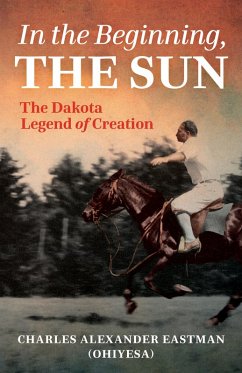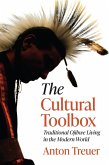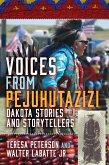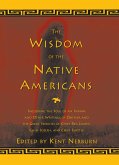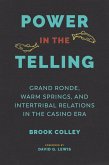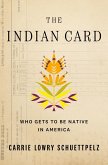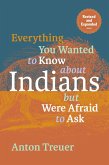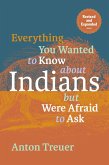A never-before-published book by famed Dakota author Charles Eastman recounts the stories of the Dakota creation cycle as they were told in the 1860s.
In the 1860s and 1870s, a boy who would become known as Charles Eastman was growing up in a Dakota community in Canada. On long winter evenings, he listened to elder Smoky Day telling the twelve legends of the Dakota creation cycle. They include stories of the marriage of the Sun and the Moon, the parents of all living things; the animal tribes and their councils; the misdeeds of the trickster Unktomi; the education of the first human, Waceheska; the war that Unktomi fomented between Waceheska and the animals; and much more. These stories show how humans won the right to use the bodies of animals for their needsbut only if they respect the animals' spirits and do not destroy them wantonly.
In the 1880s, as a young man at college, Eastman wrote down these stories. He later became the best-known Native person of his time, publishing thirteen popular books. Shortly before his death in 1939, he revised this manuscript for publication, but it was never released. His descendants have held it ever since.
After more than 80 years, five descendants of Charles and his brothers John and David Eastman have come together in presenting this remarkable work, contributing essays that offer new and personal perspectives on Eastman's life and family.
In the 1860s and 1870s, a boy who would become known as Charles Eastman was growing up in a Dakota community in Canada. On long winter evenings, he listened to elder Smoky Day telling the twelve legends of the Dakota creation cycle. They include stories of the marriage of the Sun and the Moon, the parents of all living things; the animal tribes and their councils; the misdeeds of the trickster Unktomi; the education of the first human, Waceheska; the war that Unktomi fomented between Waceheska and the animals; and much more. These stories show how humans won the right to use the bodies of animals for their needsbut only if they respect the animals' spirits and do not destroy them wantonly.
In the 1880s, as a young man at college, Eastman wrote down these stories. He later became the best-known Native person of his time, publishing thirteen popular books. Shortly before his death in 1939, he revised this manuscript for publication, but it was never released. His descendants have held it ever since.
After more than 80 years, five descendants of Charles and his brothers John and David Eastman have come together in presenting this remarkable work, contributing essays that offer new and personal perspectives on Eastman's life and family.
Dieser Download kann aus rechtlichen Gründen nur mit Rechnungsadresse in A, D ausgeliefert werden.

